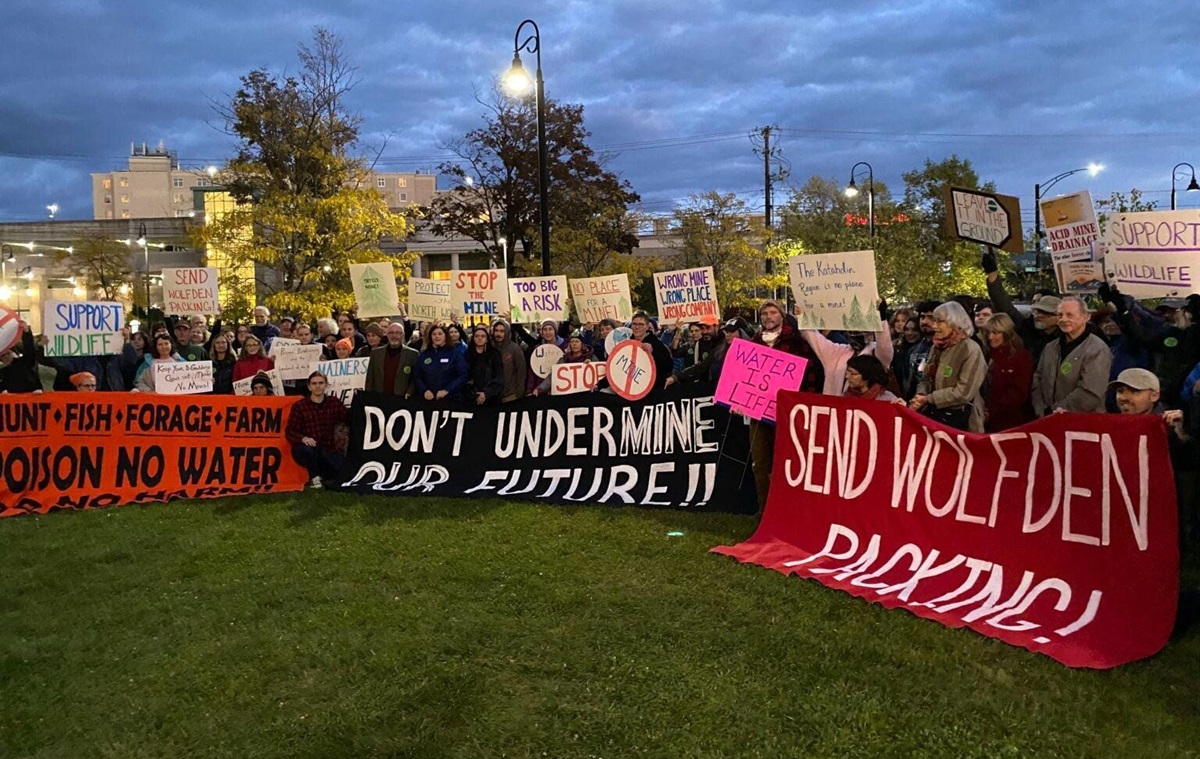- cross-posted to:
- climate@slrpnk.net
- cross-posted to:
- climate@slrpnk.net
cross-posted from: https://slrpnk.net/post/14652759
I don’t like this article but it’s an interesting read and I get into details of picking it a part a bit in the comments of the original post. I also share my comment here.



Man, there’s a lot to unpack in this article. I’m by no means a proponent of mining, but it is certainly not going anywhere. We’ve been mining since we used rock and wood and bone tools. I honestly don’t see any sort of green transition without mining though. Do we just keep burning fossil fuels then?
I get the sentiment, but what is the alternative? How else do we get the materials we need to push a green transition? One of my major complaints about this article is that the offer no alternative suggestions.
See my argument above: no alternative offered. Mining doesn’t have to be inherently toxic. There are ways to manage metal leaching, and I fear the author is painting with far too wide of a brush. Mining has a terrible legacy environmentally, and I won’t dispute that, but responsible mining is possible and is going in some jurisdictions.
He’s described Metal Leaching/Acid Rock Drainage (ML/ARD for short). Just about every mine that operates deals with this issue. They correctly point out the risks, but iron mountain is kind of cherry picking in terms of making an argument against it. They have a really wild geology that makes things there super acidic. There are ways to stop ML/ARD once it’s going, like submerging the rock in water (it’s an oxygen driven reaction), and there are ways to prevent it from starting in the first place. Further, onset times are usually decades rather than immediately.
There are international guidelines on cyanide management and most jurisdictions require a cyanide management plan.
Depends on the way the ore was processed, and the host rock. The tailings from Mount Polley, which had a major dam breach, are geochemically inert, and can be planted in.
Highly dependent on the cover design. Not all use liners. One I’m working with right now just traps moisture, and keeps the tailings saturated, which prevents oxygen ingress and stops ML/ARD generation
No trees can ever be allowed to grow on top of the “reclaimed” tailings piles because their roots can puncture the covers causing them to fail.
Again, depends on cover design, but this is generally true. That doesn’t mean nothing grows in them, though. Usually we select for grasses and plants with prostrate rooting patterns.
Again, I don’t love mining, especially when it’s irresponsible. I find it very interesting because of all the challenges associated with it, and how vital it is to our society.
Finally, the ICMM has a good practice guide (fill your boots!) on how to mine responsibly and to plan for closure, and why you want to plan for closure to begin with.